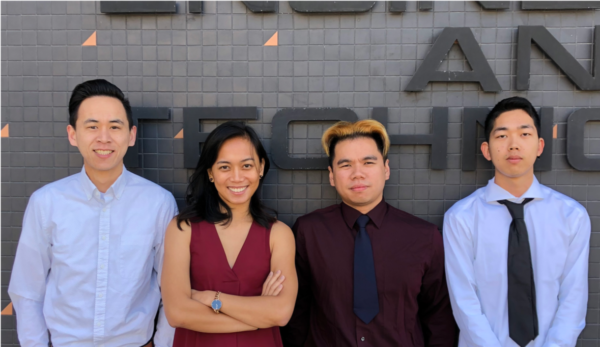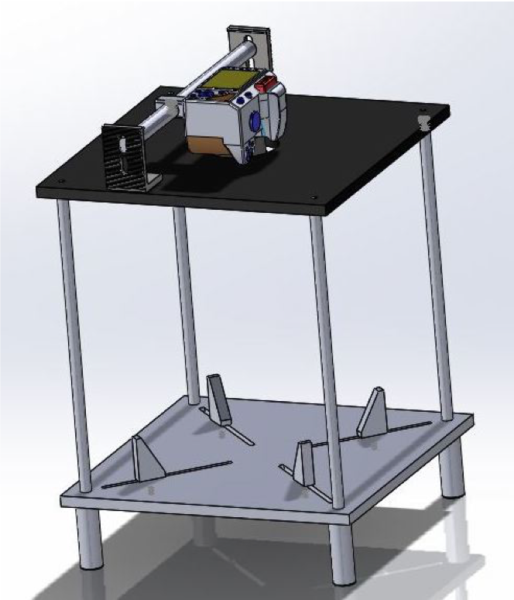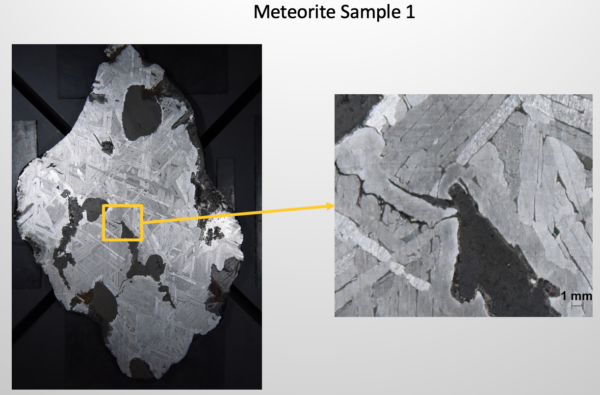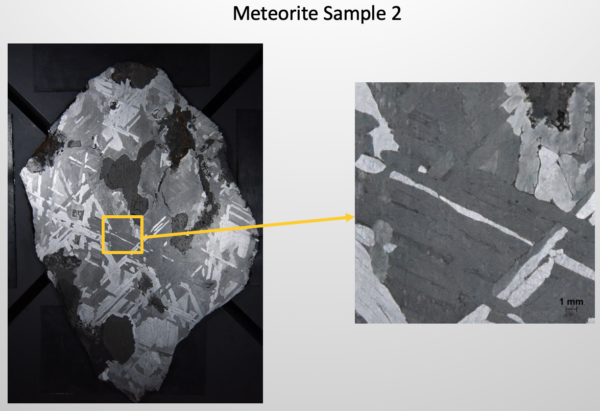Iron Meteorite Imaging System – Cal State LA
Institution
California State University Los Angeles
Class
Iron Class (2018 – 2019)
Student Team
Edwin Ho, Mechanical Engineering
Xiaodong Huang, Electrical Engineering
Joseph Misch, Electrical Engineering
Gracia Sestoso, Mechanical Engineering
Scientific & Technical Guidance
Dr. Laurence Garvie, Research Professor, ASU Center for Meteorite Studies
Dr. Tim McCoy, Curator-in-Charge, US National Meteorite Collection, Smithsonian National Museum of Natural History
Dr. Ofelia Quintero, NASA Jet Propulsion Laboratory
Academic Guidance
Tim Nye, Director, Cal State LA Capstone Senior Design Program
Michael Thorburn, Associate Director, Cal State LA Capstone Senior Design Program
Project Description
To prepare for scientific investigations at Psyche, meteorite experts from ASU and the Smithsonian Institution are seeking an imaging system to help determine the bulk chemical compositions of iron meteorites from their optical images. Meteorite experts use their knowledge to recognize the inclusions in meteorites based primarily on color, texture, and reflectivity. A major challenge of this project is to translate this human knowledge to an automated recognition system the can replicate the human expertise. To work towards this goal, the team designed and built a prototype imaging system to image meteorite samples so that each image has the exact same lighting and image quality.

A photo of the Cal State LA Imaging System Team.

A CAD rendering of the imaging structure.

A meteorite sample.

Another meteorite sample.

